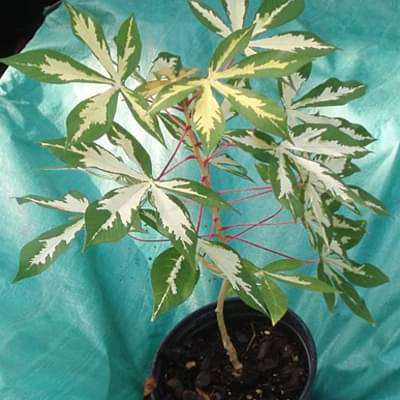
Manihot esculanta variegata - Plant
(MRP Inclusive of all taxes)
- Shipping ₹79 for entire order
- Dispatch in 7 days
- Country of origin: India

(MRP Inclusive of all taxes)
 Save 29%
Save 29%
Air Purifier Money Plant with Pot The Air Purifier Money Plant, also known as Pothos or Epipremnum aureum, is a stunning indoor plant that...
View full details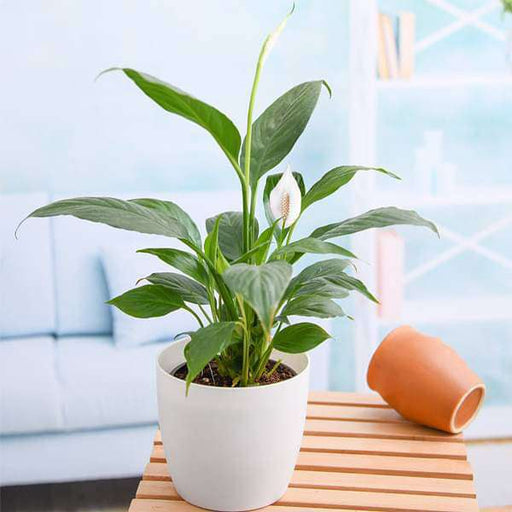
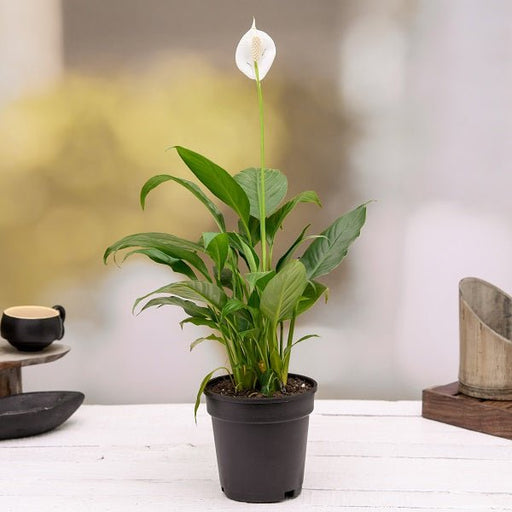 Save up to 15%
Save up to 15%
Peace Lily, Spathiphyllum - Plant The Peace Lily, scientifically known as Spathiphyllum, is a stunning houseplant celebrated for its elegant white...
View full details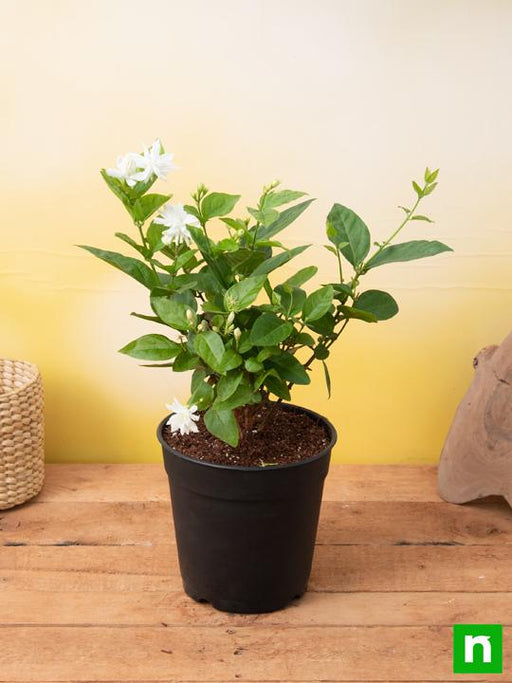
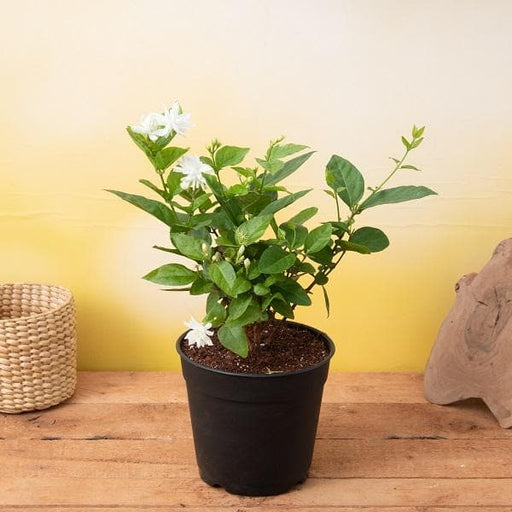 Save 25%
Save 25%
Jasminum sambac, Mogra, Arabian Jasmine - Plant Jasminum sambac, commonly known as Mogra or Arabian Jasmine, is a fragrant flowering plant...
View full details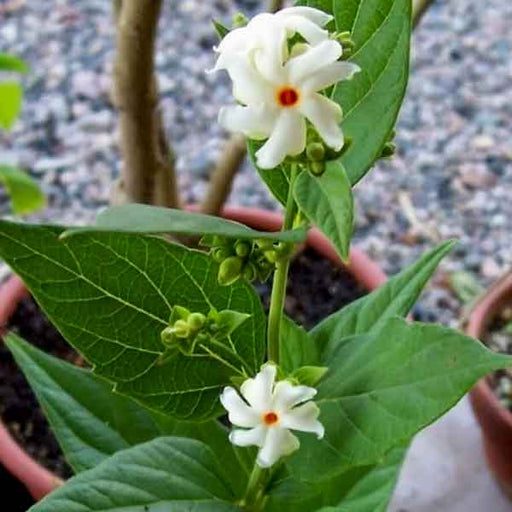
 Save 18%
Save 18%
Combo Constituents Includes the Parijat Tree (Night-Flowering Jasmine), a culturally significant plant with fragrant flowers. Description The Pari...
View full details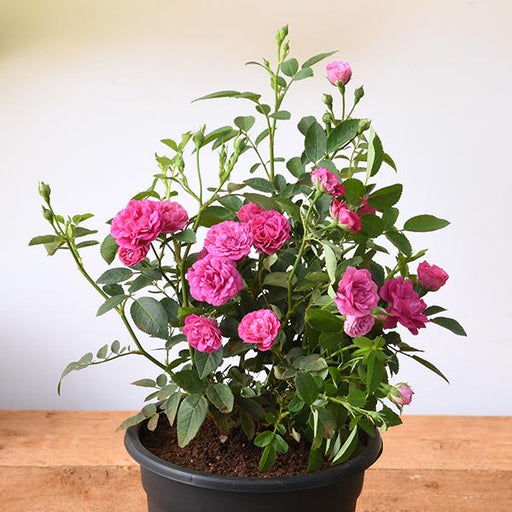
 Save 25%
Save 25%
Miniature Rose, Button Rose (Any Color) - Plant The Miniature Rose, also known as the Button Rose, is a charming and compact flowering plant that ...
View full details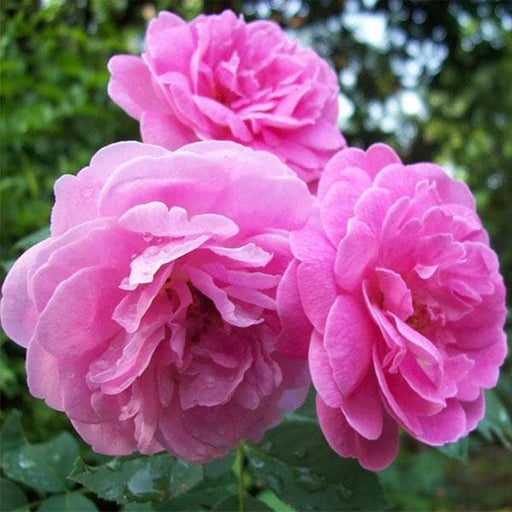 Save 25%
Save 25%
Damascus Rose, Scented Rose (Any Color) - Plant The Damascus Rose, also known as Rosa damascena, is a timeless symbol of beauty and romanc...
View full details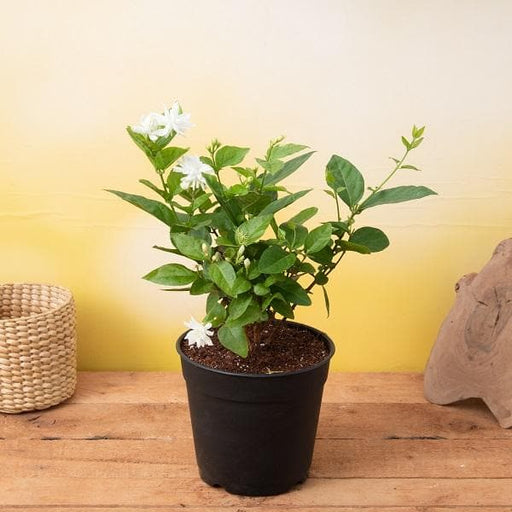
 Save 17%
Save 17%
Beautiful Fragrant Mogra, Arabian Jasmine Plant with Pot The Beautiful Fragrant Mogra, also known as Arabian Jasmine (Jasminum sambac), is...
View full details Save 15%
Save 15%
Pack of Vermicompost and Neem Cake for House Plants Transform your indoor garden with our premium Pack of Vermicompost and Neem Cake, spec...
View full details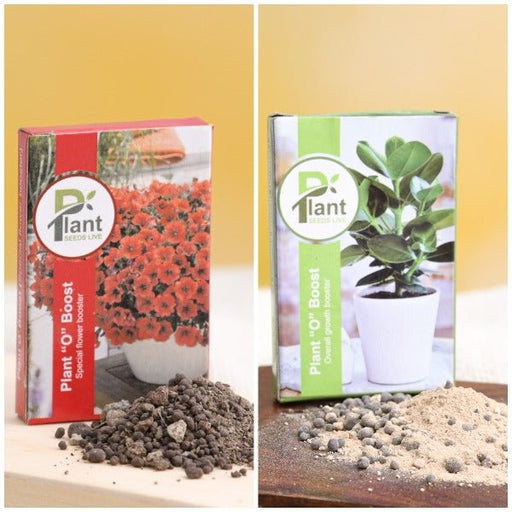
Pack of Plant Growth and Flower Boosters Unlock the full potential of your garden with our Pack of Plant Growth and Flower Boosters! This ...
View full details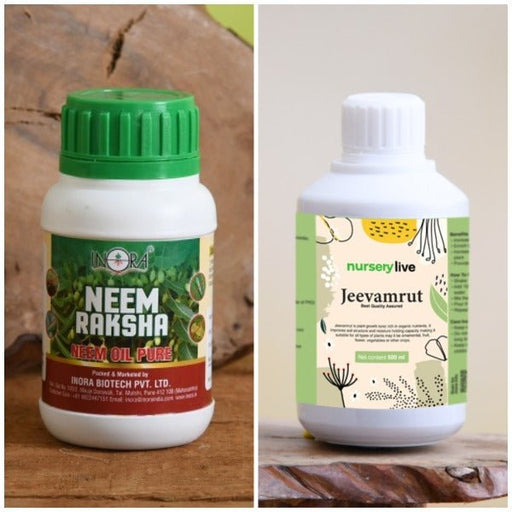 Save 38%
Save 38%
Combo of Jeevamrut and Neem Raksha for Easy Growth and Protection of Houseplants Transform your indoor garden with our exclusive combo of ...
View full details Save 22%
Save 22%
Plant Nutrients Kit (Pack of 16) for a Healthy Garden Transform your garden into a lush paradise with our Plant Nutrients Kit, featuring 1...
View full details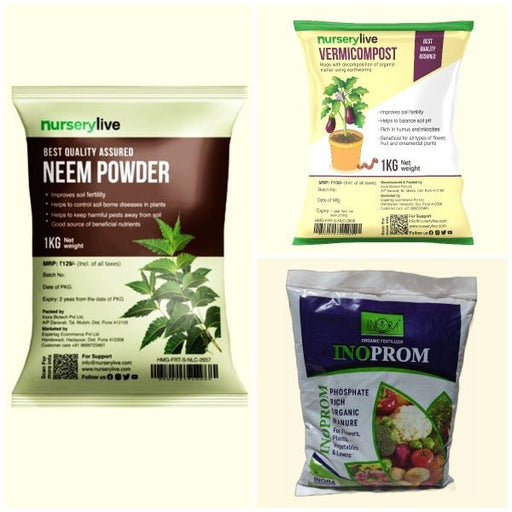 Save 16%
Save 16%
Combo of Top Plant Fertilizers Elevate your gardening game with our exclusive Combo of Top Plant Fertilizers, featuring two bags of premiu...
View full details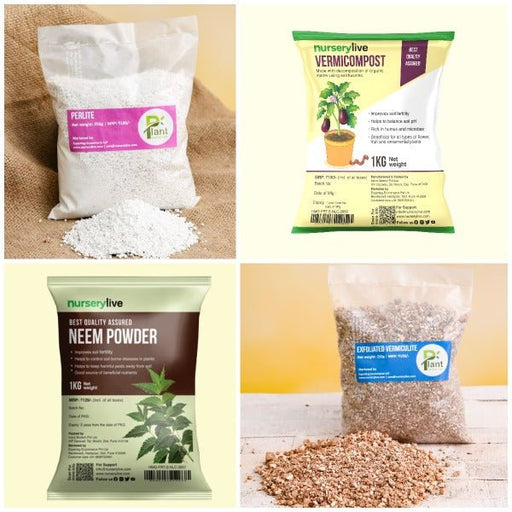 Save 24%
Save 24%
Pack of 4 Additives to Make Soil Healthy and Nutrient Rich Transform your garden into a thriving ecosystem with our Pack of 4 Additives de...
View full details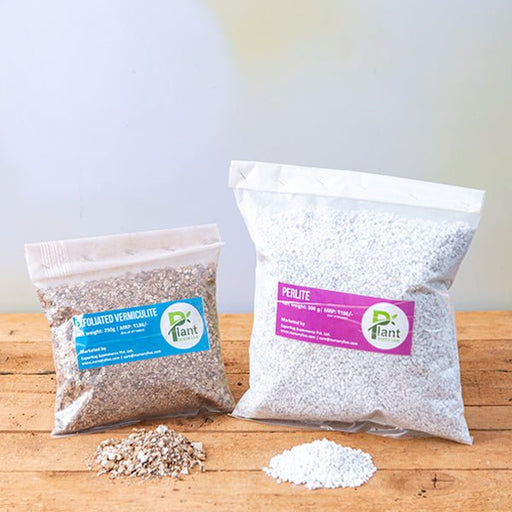 Save 30%
Save 30%
Transform your gardening experience with our premium Combo of Perlite and Vermiculite. This unique blend is designed to enhance soil aeration and ...
View full details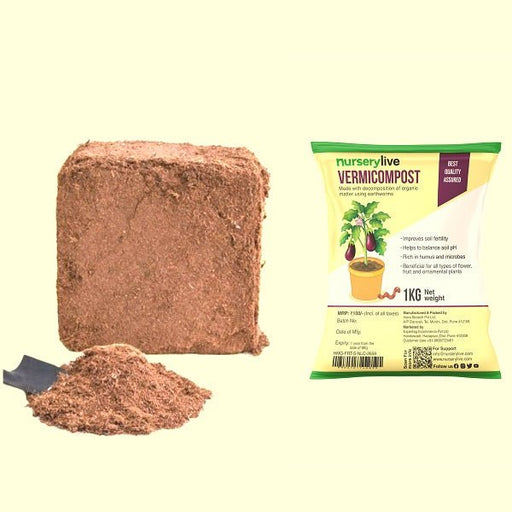 Save 27%
Save 27%
Combo of 2 Vermicompost and Cocopeat - Enrich Your Soil Naturally! Transform your garden into a thriving ecosystem with our Combo of 2 Ver...
View full details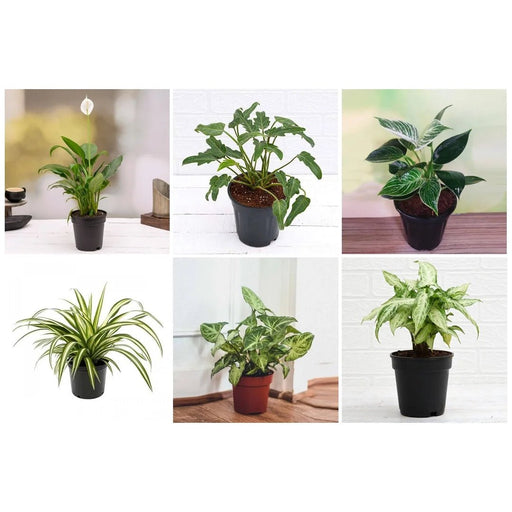
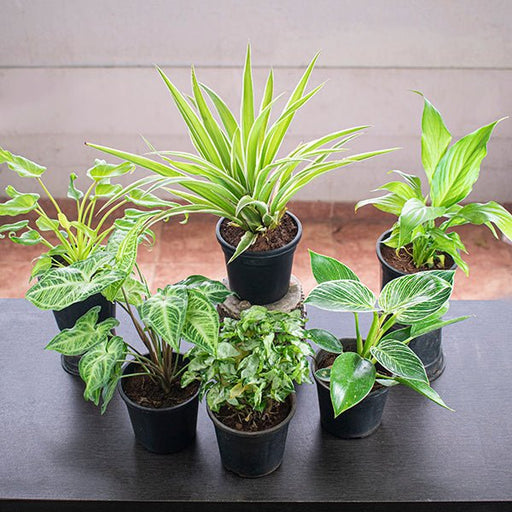 Save 35%
Save 35%
Best 6 Plants for Perfect Indoor Garden Transform your living space into a lush oasis with our curated collection of the Best 6 Plants for a...
View full details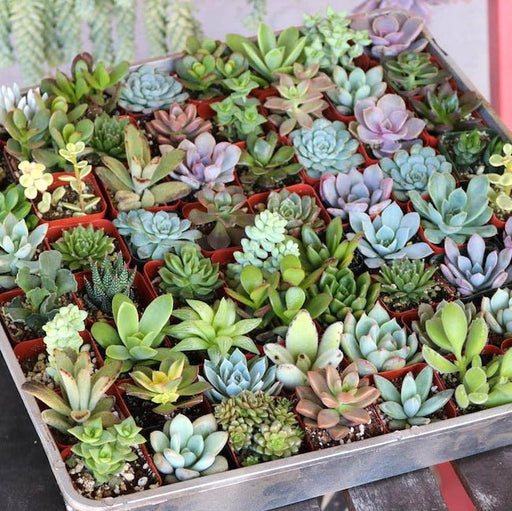
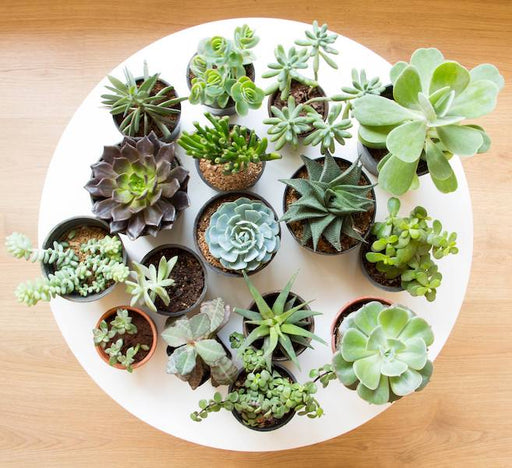 Save up to 50%
Save up to 50%
Mini Succulent Garden Pack Transform your space with our Mini Succulent Garden Pack, featuring a delightful collection of 4 any variety beautiful s...
View full details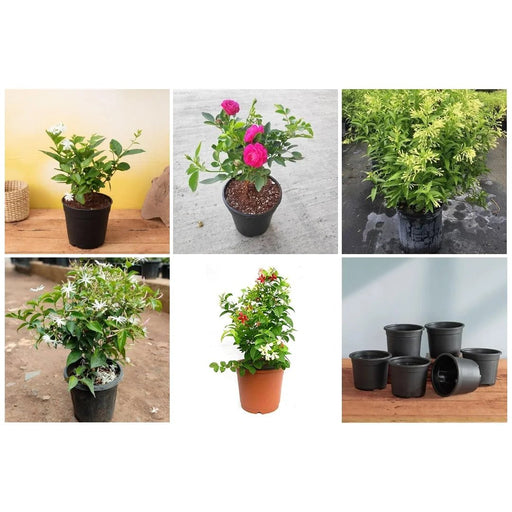
 Save 30%
Save 30%
5 Best Fragrant Plants Transform your garden or indoor space into a fragrant paradise with our curated selection of the 5 Best Fragrant Plants. Th...
View full details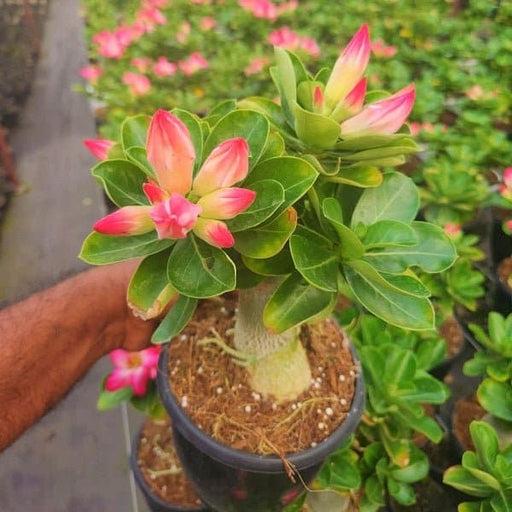
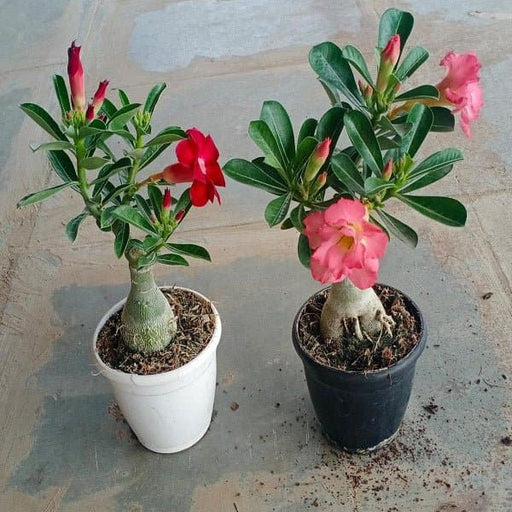 Save 24%
Save 24%
Set of 2 Bonsai Looking Grafted Adeniums Transform your indoor or outdoor space with our exquisite Set of 2 Bonsai Looking Grafted Adenium...
View full details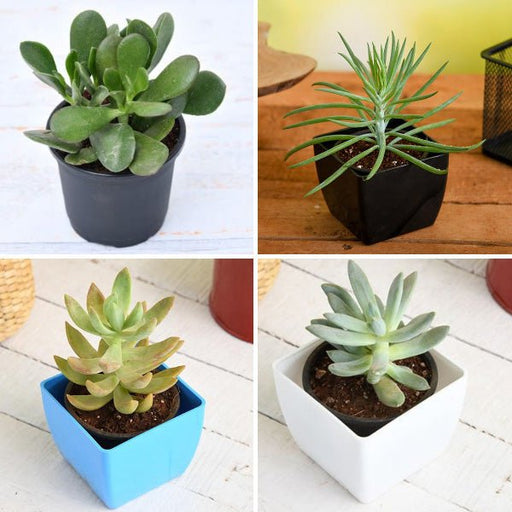 Save 45%
Save 45%
Top 4 Die Hard Succulents Pack Transform your indoor or outdoor space with our Top 4 Die Hard Succulents Pack, featuring a curated selecti...
View full details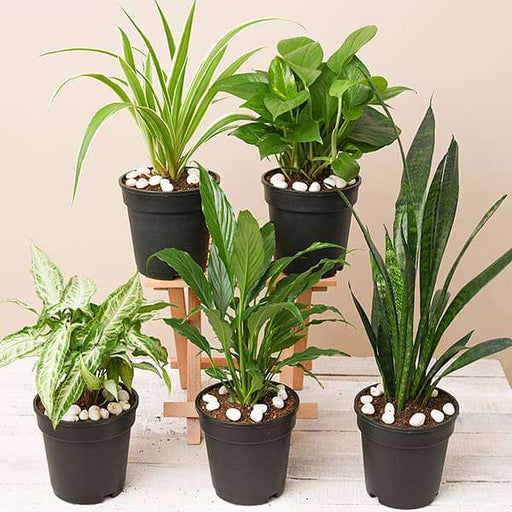
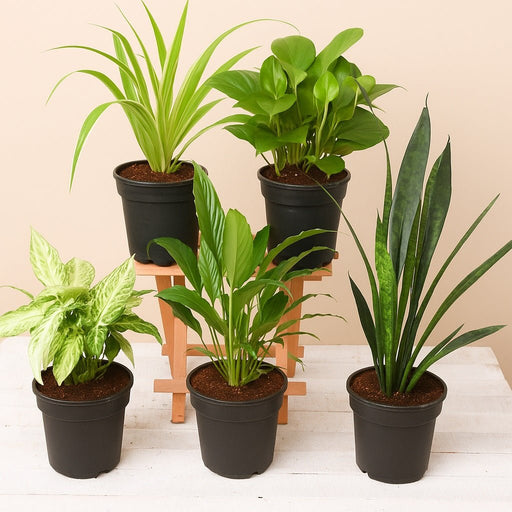 Save 30%
Save 30%
5 Best Indoor Plants Pack Transform your living space into a lush oasis with our '5 Best Indoor Plants Pack.' This carefully curated collection fe...
View full details
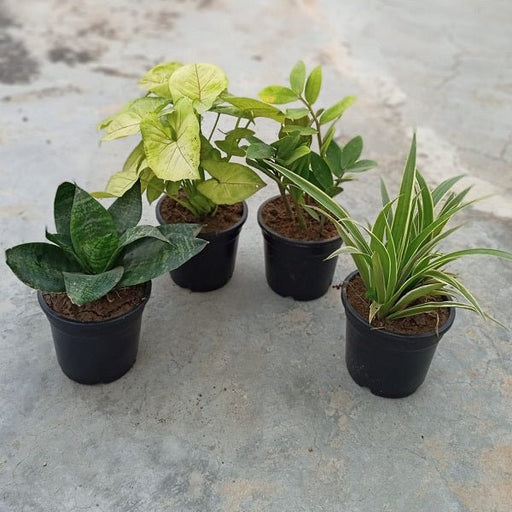 Save 25%
Save 25%
Set of 4 Evergreen Air Purifier Plant Pack Transform your indoor space into a lush, green oasis with our Set of 4 Evergreen Air Purifier Pla...
View full details| SrNo | Item Name |
|---|---|
| 1 | Manihot esculanta variegata - Plant |
Manihot esculanta variegata, commonly known as the Variegated Cassava, is a stunning tropical plant that captivates with its striking foliage. This perennial shrub features vibrant green leaves adorned with creamy white and yellow variegation, making it a popular choice for ornamental gardens and indoor spaces. Beyond its aesthetic appeal, this plant is also known for its edible tubers, which are a staple food source in many tropical regions.
What makes Manihot esculanta variegata truly special is its dual purpose: it serves as both an eye-catching ornamental plant and a source of nutritious food. The tubers are rich in carbohydrates and can be prepared in various ways, from boiling to frying. This versatility, combined with its unique appearance, makes it a favorite among gardeners and chefs alike.
One of the standout features of this plant is its ability to thrive in a variety of conditions, making it an excellent choice for both novice and experienced gardeners. Its resilience and adaptability allow it to flourish in different soil types and climates, while its variegated leaves add a touch of elegance to any landscape.
Manihot esculanta variegata plays a significant role in sustainable agriculture. Its ability to grow in poor soils and its drought resistance make it an excellent crop for regions facing climate challenges. Additionally, the plant contributes to soil health and can be used in crop rotation systems to enhance biodiversity.
If you think caring for a plant is as easy as watering it and hoping for the best, think again! Manihot esculenta, also known as cassava, requires a bit more finesse. This tropical diva loves well-drained soil and plenty of sunlight. So, if you’re planning to keep it indoors, make sure it has a sunbathing spot. And don’t forget to check for pests; they can be sneakier than your cat when it comes to stealing the spotlight!
Who knew that a plant could be both a beauty and a brainiac? The variegated cassava not only adds a splash of color to your garden but also boasts impressive health benefits. Packed with carbohydrates, it’s a staple in many diets. Plus, its leaves are rich in vitamins A and C. So, while you’re admiring its stunning foliage, you can also pat yourself on the back for making a nutritious choice!
Ready to channel your inner green thumb? Growing Manihot esculenta is like hosting a tropical party in your backyard. This plant thrives in warm climates, so if you live in a cooler area, consider giving it a cozy indoor spot. Just remember, it loves its space, so don’t overcrowd it with other plants. With a little patience and the right conditions, you’ll be the proud parent of a flourishing cassava plant!
Propagation is the plant equivalent of cloning, and who wouldn’t want more of this fabulous foliage? To propagate Manihot esculenta, simply take cuttings from a healthy plant and let them root in water or soil. It’s like giving your plant a chance to have mini-me’s! Just ensure they get enough sunlight and moisture, and soon you’ll have a whole family of variegated beauties.
Ah, the dreaded pests! They’re like uninvited guests at a party, and they can wreak havoc on your beloved Manihot esculenta. Keep an eye out for aphids and spider mites, as they love to munch on those luscious leaves. A gentle spray of insecticidal soap or neem oil can send them packing. Remember, a healthy plant is a happy plant, and you don’t want any party crashers ruining the fun!
If you think all soil is created equal, think again! Manihot esculenta has specific soil requirements that would make any gardener swoon. It prefers sandy, well-draining soil that allows its roots to breathe. Heavy, compacted soil? No thanks! Mix in some organic matter to create a nutrient-rich environment, and watch your plant thrive like it’s on a tropical vacation.
Sunlight is the secret ingredient to a thriving Manihot esculenta. This plant is a sun worshipper, craving at least six hours of bright light each day. If you’re growing it indoors, place it near a sunny window where it can soak up those rays. Just be careful not to let it get too much direct sunlight, or it might end up with a sunburn—yes, plants can get sunburned too!
the excitement of harvesting might lead to a sudden urge to whip up some delicious cassava dishes. Get your recipes ready!
The uses of Manihot esculenta are as diverse as a buffet table! From delicious tapioca pearls to gluten-free flour, this plant is a culinary superstar. Its starchy tubers can be boiled, fried, or mashed, making it a versatile ingredient in many dishes. And let’s not forget about its leaves, which can be cooked and enjoyed in various cuisines. Talk about a plant that knows how to party in the kitchen!
Just like humans, plants can catch a cold—or in this case, diseases! Manihot esculenta is susceptible to a few ailments, including root rot and leaf spot. Keeping your plant healthy with proper care and good drainage can help prevent these issues. If you notice any signs of distress, act fast! A little TLC can go a long way in keeping your plant thriving and disease-free.
Every plant needs a buddy, and Manihot esculenta is no exception! When choosing companion plants, look for those that share similar sunlight and water needs. Consider pairing it with legumes, which can help fix nitrogen in the soil, or other tropical plants that enjoy the same warm climate. Together, they’ll create a harmonious garden that’s as lively as a tropical fiesta!
Manihot esculenta variegata, also known as variegated cassava, is a stunning plant with striking leaves that look like they’ve been splashed with paint. Not just a pretty face, it’s also a versatile plant that can be grown for ornamental purposes or for its edible tubers. Who knew beauty could be so useful
Caring for this diva is easy! Provide well-draining soil, bright indirect light, and water when the top inch of soil is dry. Avoid soggy feet; this plant prefers to keep its roots dry and fabulous. With a little love, it’ll reward you with vibrant foliage that’ll make your neighbors green with envy.
Absolutely! Manihot esculenta variegata loves to strut its stuff indoors. Just ensure it gets enough light—think bright, indirect sunshine. A sunny windowsill is its runway. With proper care, it’ll thrive and add a splash of color to your indoor jungle, making your home feel like a tropical paradise.
Yes, it’s a bit of a drama queen! While the leaves are beautiful, they contain cyanogenic compounds that can be toxic if consumed raw. Cooked cassava is safe and delicious, but keep pets and small children away from the leaves. Better safe than sorry—let’s keep the drama on the stage, not in the kitchen!
Watering is an art, not a science! Allow the top inch of soil to dry out before giving it a drink. Typically, this means watering every 1-2 weeks, depending on your climate. Remember, this plant prefers to be slightly thirsty rather than drowning in its own drama.
Manihot esculenta variegata loves a well-draining soil mix, like a diva loves a good spotlight! A blend of potting soil, perlite, and sand will keep its roots happy and healthy. Avoid heavy, compacted soils that can lead to root rot—this plant prefers to keep things light and breezy!
Yes, you can! Propagation is as easy as pie—just take a cutting with a few leaves and place it in water or soil. Keep it warm and moist, and soon you’ll have a new plant to show off. It’s like cloning your favorite plant without the sci-fi drama!
Keep an eye out for aphids, spider mites, and mealybugs—those pesky party crashers! If they show up, a gentle spray of water or insecticidal soap will send them packing. Regularly inspecting your plant will help keep it pest-free and fabulous, ensuring it remains the belle of the botanical ball.
Patience is a virtue! Manihot esculenta variegata can take several months to establish and show significant growth. With the right care, you’ll see those vibrant leaves unfurling and reaching for the sky. Just remember, good things come to those who wait—especially when it comes to fabulous plants!
This plant is not a fan of the cold! If you live in a chilly climate, bring it indoors before the frost hits. It prefers temperatures above 60°F (15°C). With a little extra care during winter, it’ll bounce back in spring, ready to flaunt its variegated glory once again.
Besides being a showstopper in your garden, this plant offers edible tubers packed with carbohydrates. It’s a great conversation starter and adds a tropical vibe to any space. Plus, it’s low-maintenance, making it perfect for busy plant parents who want to impress without the stress!